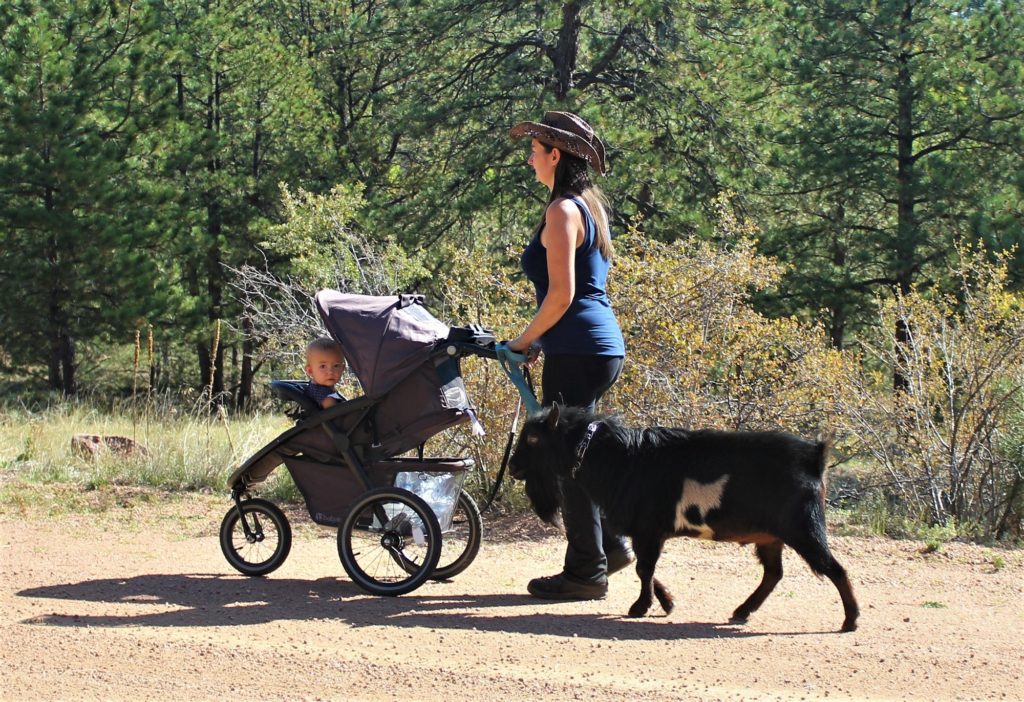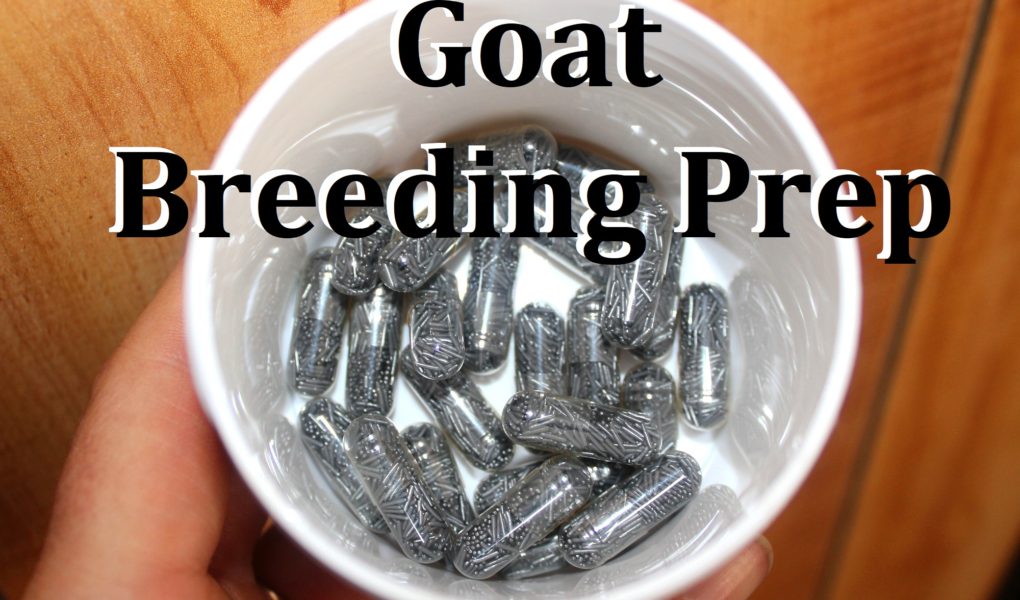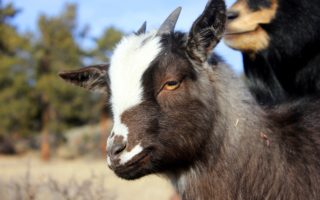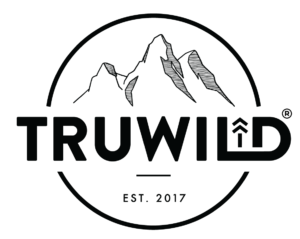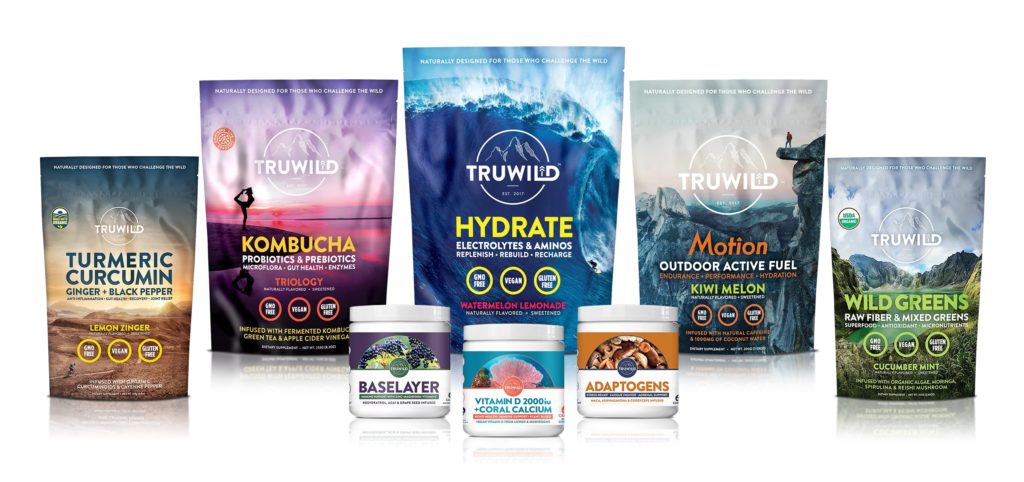Now’s the time of the year to hone in on your goats health and make sure that they are prepared and healthy for breeding so that they have healthy babies. What you need to prepare your goats for breeding is going to differ from herd to herd depending on whether or not your goats graze naturally or just eat hay or if you provide any other supplementation during the year.
When to start? Generally you’ll want to prep your flock about a month before breeding. Some start two months ahead but I think that’s a bit excessive. A month ahead should be plenty of time.
Body Condition
Your goats should never be over or underweight. This is especially true for breeding season if you want optimum fertility. If your goats are under or overweight, then there’s a possibility your does won’t get pregnant or your bucks may fail to impregnate your does.
Deworm
Many herd owners deworm by chemical means whether it be via injection or pellets. We like to deworm naturally. Our goats have access to ponderosa pine year round when we walk around our neighborhood. Pine tree needles are a natural dewormer and are rich in Vit C. Sometimes we’ll toss a pine tree in their area for an extra boost. We’ll also use an herbal powder mix with molasses to make deworming balls. I like to give these a month before breeding and again in the springtime.
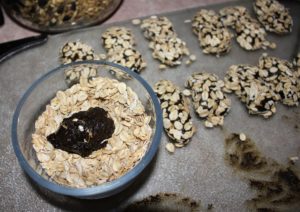
Supplements
I think some thought needs to be put in before giving your goat(s) a bunch of supplements as overdosing can cause just as much harm as when they don’t have enough. Honestly, if your goats already have a complete diet and don’t have any breeding/gestation/birthing problems, then it may not be necessary to supplement. Some areas however may have hay and such that are low in essential nutrients.
Copper: Copper is very important in a goats diet. Deficiencies of this show up as “fish tail” where the tip of the goats tail is split. Another sign is fur discoloration. A black goat may have a copper-like over tone to their coat. The only way to know what your goats levels are is to test the liver after they’ve already died from either not enough or from overdosing. In fear of this, I only give our goats a half dose as they don’t look super deficient. They get the fish tail but their coats look excellent. The most common method for administering copper is via a copper bolus. A bolus gun is used to get the capsule past the goats back teeth and straight down their throat.
Selenium: Same as copper, selenium is essential for breeding as well as preventing weak kids. Again, some areas have selenium rich soils while others do not. I personally don’t see a massive need for this in my flock so, again, I just provide a half dose to make sure we’re covered but not overdoing it. You may also consider administering a dose of Selenium to your does about a month before they kid to prevent weak kids. It can also be given directly to kids if needed.
Take care in administering either of these if you’re goats are already on a loose mineral supplement as it will also provide these two nutrients.
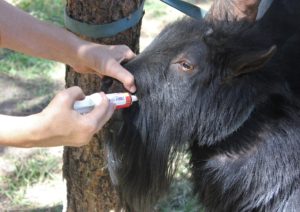
Flushing
Flushing is basically feeding your does extra feed a month or so before breeding in the hopes of encouraging more kids to be born. I’ve heard this works if you have an underweight doe. But if you have a doe that’s already in great condition then you may not see much of a difference. We keep our does at good weights so at best I’ve noticed that the more dominant girls that get the first dibs and prime pickings on food seem to have more kids vs the ones at the bottom of the pecking order that get scraps tend to have one to two kids. But at 5 years of ownership, we haven’t been breeding long enough for that to be a valid observation. We feed our goats a grass/alfalfa mix hay, I feel this is the best all around hay for a variety of nutrients and protein boost from the alfalfa.
Bonus: Exercise
This is something that I think is overlooked and underestimated as necessary. Exercise is very important for fertility. For those who own a big field for their goats this won’t matter. But we keep our goats in smaller pens to protect from predators. We also just haven’t gotten to building a larger area for daytime activities. We walk our girls everyday on our evening walks. Our buck however is more of a handful and only gets out once a week or so. His area is large enough to jump around in but there’s nothing like an actual walk. So, come breeding season I start getting him out more. I’ll take him on my morning hour long walks 3-4 times per week, stopping occasionally to allow him to graze on natural browse. This will increase his fertility and libido.
